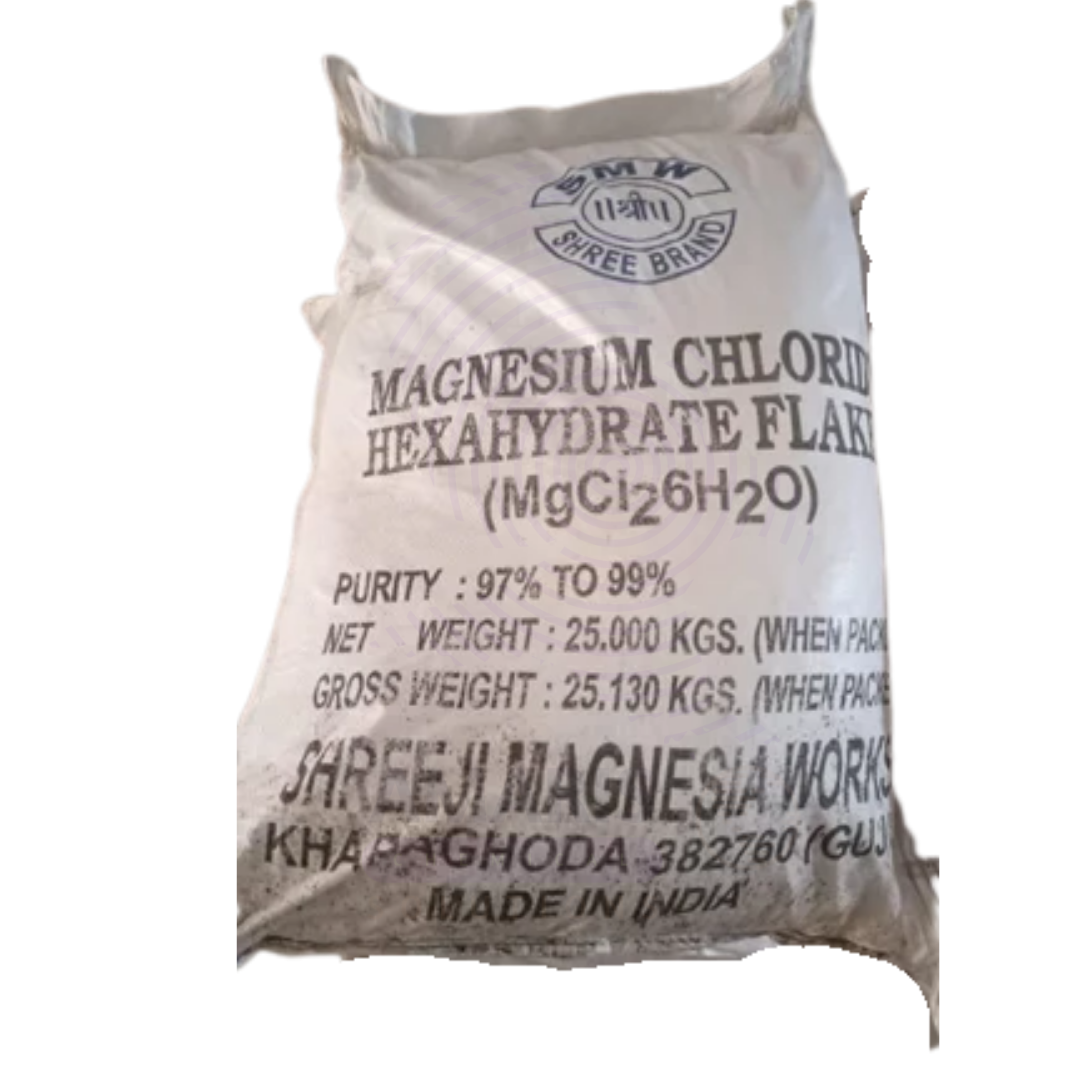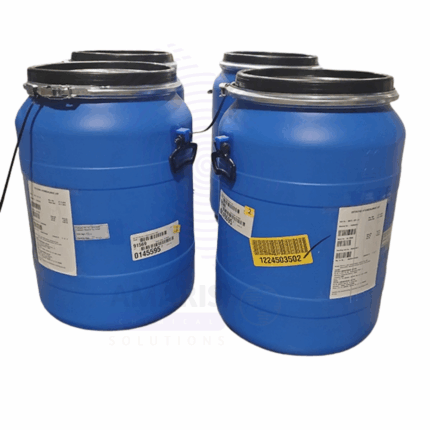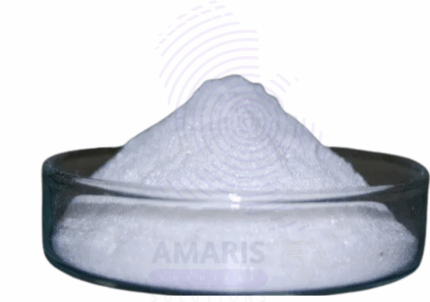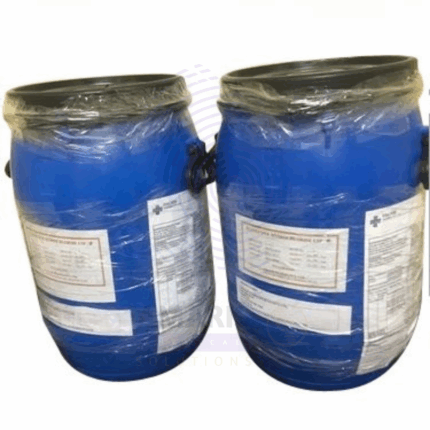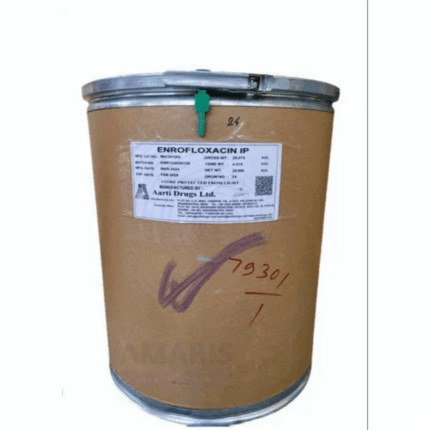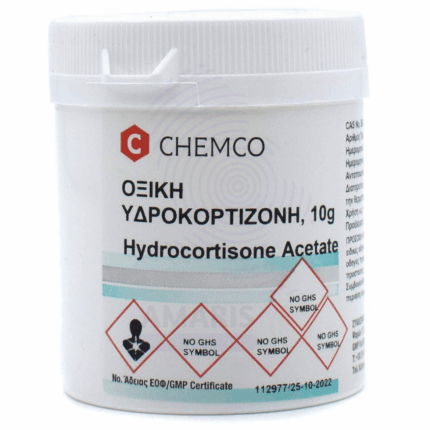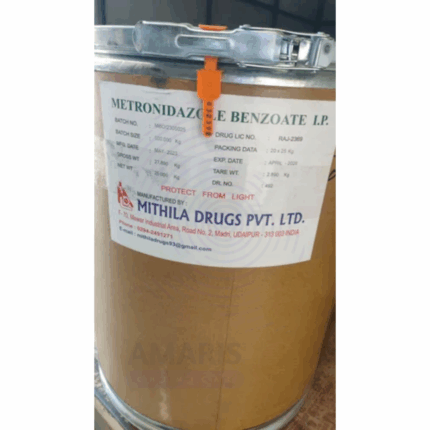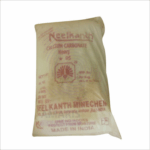
Magnesium Chloride Hexahydrate BP
Magnesium Chloride Hexahydrate BP is a pharmacopeial grade white crystalline solid with the chemical formula MgCl₂·6H₂O. It is highly soluble in water and is used extensively in pharmaceutical, medical, and industrial applications. This grade meets British Pharmacopoeia (BP) standards ensuring high purity and suitability for medical and food-related uses. Magnesium Chloride Hexahydrate BP provides essential magnesium ions which play a critical role in numerous physiological functions.
Magnesium Chloride Hexahydrate BP
Primary Uses
- Pharmaceutical and Medical Uses
- Used in intravenous magnesium therapy and electrolyte replenishment to treat magnesium deficiency.
- Employed as a magnesium supplement in oral rehydration salts and mineral supplements.
- Utilized in the formulation of topical magnesium products, such as magnesium oil and bath salts, for muscle relaxation and skin care.
- Food Industry
- Acts as a firming agent and coagulant in tofu production.
- Used as a food additive (E511) to enhance mineral content and as a stabilizer in various processed foods.
- Chemical Industry
- Used as a precursor in the production of magnesium metal and other magnesium-based chemicals.
- Functions as a catalyst or reagent in chemical syntheses requiring high purity magnesium chloride.
- Agriculture
- Applied as a magnesium source in specialized fertilizers for magnesium-deficient soils.
- Water Treatment
- Used in wastewater treatment for phosphate removal and flocculation processes.
Secondary Uses
- Cosmetics and Personal Care
- Incorporated in bath salts, skin care products, and mineral sprays due to its moisturizing and soothing properties.
- Textile Industry
- Used in textile dyeing and printing to improve dye fixation and fabric quality.
- Environmental Applications
- Applied for dust control on roads and industrial sites in some cases where pharmaceutical grade is specified for environmental safety.
1. Basic Identification Attributes
- Chemical Name (IUPAC): Magnesium chloride hexahydrate
- Common/Trade Name: Magnesium Chloride Hexahydrate BP
- CAS Number: 7791-18-6
- HS Code: 2827.39.00
- Synonyms: MgCl₂·6H₂O; Magnesium dichloride hexahydrate; Magnesium chloride hexahydrate BP
2. Physical & Chemical Properties
- Physical State: Crystalline solid (hexahydrate)
- Color & Odor: White or colorless; odorless
- Solubility: Highly soluble in water; insoluble in alcohol
- Melting Point: 118 °C (anhydrous)
- Density: Approximately 2.32 g/cm³ (anhydrous)
- Hygroscopicity: Highly hygroscopic
3. Safety & Hazard Attributes
- GHS Classification: Causes serious eye irritation (Category 2A)
- Toxicity: Low toxicity; irritating to eyes and skin on contact
- Exposure Limits: No specific occupational exposure limits; use dust and mist control
4. Storage & Handling Attributes
- Storage Conditions: Store in a cool, dry, well-ventilated area away from moisture and incompatible substances
- Container Type: Sealed plastic or fiber drums, bags, or bulk containers
- Shelf Life: Typically 1-2 years if stored properly
- Handling Precautions: Avoid inhalation of dust; use gloves and eye protection
5. Regulatory & Compliance Attributes
- Complies with British Pharmacopoeia standards for pharmaceutical use
- Approved as a food additive (E511) and pharmaceutical ingredient
- Meets relevant safety and purity regulations (FDA, EFSA, BP)
6. Environmental & Health Impact
- Biodegradability: Inorganic salt; not biodegradable but environmentally safe at normal use levels
- Ecotoxicity: Low toxicity to aquatic organisms; avoid high concentration discharge
- Bioaccumulation: Not expected to bioaccumulate
- Carcinogenicity/Mutagenicity: Not classified as carcinogenic or mutagenic
Safety Handling Precautions
- PPE Required: Gloves, safety goggles, dust mask if dusty
- Handling Guidelines: Minimize dust exposure; work in ventilated areas
- Storage Measures: Keep container tightly closed; avoid moisture contact
First Aid Measures
- Inhalation: Move to fresh air; seek medical attention if irritation develops
- Skin Contact: Wash with soap and water; seek medical advice if irritation persists
- Eye Contact: Rinse thoroughly with water for 15 minutes; consult physician if needed
- Ingestion: Rinse mouth; seek medical attention if large amounts ingested
Firefighting Measures
- Fire Hazards: Non-flammable
- Extinguishing Media: Use water spray, foam, or dry chemical for surrounding fires
- Special Precautions: Avoid inhalation of fumes if exposed to high heat
- Hazardous Combustion Products: May produce chlorine-containing gases if decomposed by fire
Related products
Cetirizine Dihydrochloride
Cetirizine Hydrochloride
Dicyclomine Hydrochloride
Enrofloxacin Hydrochloride
Hydrocortisone Acetate
Methyl Salicylate BP
Metronidazole Benzoate BP
Miconazole Nitrate BP
Miconazole Nitrate BP is a high-purity, pharmaceutical-grade antifungal agent conforming to British Pharmacopoeia (BP) specifications. It is widely used in the formulation of topical and oral pharmaceutical products for the treatment of fungal infections caused by dermatophytes and yeasts, including Candida species. Miconazole Nitrate functions by inhibiting the biosynthesis of ergosterol, a vital component of fungal cell membranes, leading to cell death.
This white to off-white crystalline powder is highly effective and exhibits broad-spectrum antifungal and some antibacterial activity. It is commonly utilized in creams, ointments, powders, and gel formulations.


 Preservatives(food)
Preservatives(food) Flavor Enhancers
Flavor Enhancers Acidulants
Acidulants Sweeteners
Sweeteners Antioxidants
Antioxidants Colorants(food)
Colorants(food) Nutraceutical Ingredients (food)
Nutraceutical Ingredients (food) Nutrient Supplements
Nutrient Supplements Emulsifiers
Emulsifiers
 Collectors
Collectors Dust Suppressants
Dust Suppressants Explosives and Blasting Agents
Explosives and Blasting Agents Flocculants and Coagulants
Flocculants and Coagulants Frothers
Frothers Leaching Agents
Leaching Agents pH Modifiers
pH Modifiers Precious Metal Extraction Agents
Precious Metal Extraction Agents
 Antioxidants(plastic)
Antioxidants(plastic) Colorants (Pigments, Dyes)
Colorants (Pigments, Dyes) Fillers and Reinforcements
Fillers and Reinforcements Flame Retardants
Flame Retardants Monomers
Monomers Plasticizers
Plasticizers Polymerization Initiators
Polymerization Initiators Stabilizers (UV, Heat)
Stabilizers (UV, Heat)
 Antifoaming Agents
Antifoaming Agents Chelating Agents
Chelating Agents Coagulants and Flocculants
Coagulants and Flocculants Corrosion Inhibitors
Corrosion Inhibitors Disinfectants and Biocides
Disinfectants and Biocides Oxidizing Agents
Oxidizing Agents pH Adjusters
pH Adjusters Scale Inhibitors( water)
Scale Inhibitors( water)
 Antioxidants(cosmetic)
Antioxidants(cosmetic) Emollients
Emollients Fragrances and Essential Oils
Fragrances and Essential Oils Humectants
Humectants Preservatives
Preservatives Surfactants(cosmetic)
Surfactants(cosmetic) Thickeners
Thickeners UV Filters
UV Filters
 Fertilizers
Fertilizers Soil Conditioners
Soil Conditioners Plant Growth Regulators
Plant Growth Regulators Animal Feed Additives
Animal Feed Additives Biostimulants
Biostimulants Pesticides (Herbicides, Insecticides, Fungicides)
Pesticides (Herbicides, Insecticides, Fungicides)
 Active Pharmaceutical Ingredients (APIs)
Active Pharmaceutical Ingredients (APIs) Excipients
Excipients Solvents(pharmaceutical)
Solvents(pharmaceutical) Antibiotics
Antibiotics Antiseptics and Disinfectants
Antiseptics and Disinfectants Vaccine Adjuvants
Vaccine Adjuvants Nutraceutical Ingredients (pharmaceutical)
Nutraceutical Ingredients (pharmaceutical) Analgesics & Antipyretics
Analgesics & Antipyretics
 Analytical Reagents
Analytical Reagents Solvents(lab)
Solvents(lab) Chromatography Chemicals
Chromatography Chemicals Spectroscopy Reagents
Spectroscopy Reagents microbiology-and-cell-culture-reagents
microbiology-and-cell-culture-reagents Molecular Biology Reagents
Molecular Biology Reagents Biochemical Reagents
Biochemical Reagents Inorganic and Organic Standards
Inorganic and Organic Standards Laboratory Safety Chemicals
Laboratory Safety Chemicals Specialty Laboratory Chemicals(Special Laboratory Equipment)
Specialty Laboratory Chemicals(Special Laboratory Equipment)
 Demulsifiers
Demulsifiers Hydraulic Fracturing Fluids
Hydraulic Fracturing Fluids Scale Inhibitors(oil)
Scale Inhibitors(oil) Surfactants(oil)
Surfactants(oil) Drilling Fluids
Drilling Fluids
 Dyes and Pigments
Dyes and Pigments Bleaching Agents
Bleaching Agents Softening Agents
Softening Agents Finishing Agents
Finishing Agents Antistatic Agents
Antistatic Agents
 Admixtures
Admixtures Waterproofing Agents
Waterproofing Agents Sealants and Adhesives
Sealants and Adhesives Curing Compounds
Curing Compounds Concrete Repair Chemicals
Concrete Repair Chemicals Anti-Corrosion Coatings
Anti-Corrosion Coatings
 Surfactants(cleaning)
Surfactants(cleaning) Builders
Builders Enzymes
Enzymes Solvents (Cleaning)
Solvents (Cleaning) Fragrances
Fragrances
 Electronic Chemicals
Electronic Chemicals Catalysts
Catalysts Lubricants
Lubricants Photographic Chemicals
Photographic Chemicals Refrigerants
Refrigerants Automotive chemicals
Automotive chemicals Pyrotechnic Chemicals
Pyrotechnic Chemicals
 Biodegradable Surfactants
Biodegradable Surfactants Bio-based Solvents
Bio-based Solvents Renewable Polymers
Renewable Polymers Carbon Capture Chemicals
Carbon Capture Chemicals Wastewater Treatment Chemicals
Wastewater Treatment Chemicals
 Pigments
Pigments Solvents(paint)
Solvents(paint) Specialty Coatings
Specialty Coatings Binders/Resins
Binders/Resins Additives
Additives Driers
Driers Anti-Corrosion Agents
Anti-Corrosion Agents Functional Coatings
Functional Coatings Application-Specific Coatings
Application-Specific Coatings
 Fresh Herbs
Fresh Herbs Ground Spices
Ground Spices Whole Spices
Whole Spices Spice Blends
Spice Blends Dried Herbs
Dried Herbs
 Leavening Agents
Leavening Agents Dough Conditioners
Dough Conditioners Flour Treatments
Flour Treatments Fat Replacers
Fat Replacers Decoratives
Decoratives Preservatives(baking)
Preservatives(baking)
 Plasticizers & Softeners
Plasticizers & Softeners Reinforcing Agents
Reinforcing Agents Adhesion Promoters
Adhesion Promoters Vulcanizing Agents
Vulcanizing Agents Antidegradants
Antidegradants Blowing Agents
Blowing Agents Fillers & Extenders
Fillers & Extenders Accelerators & Retarders
Accelerators & Retarders